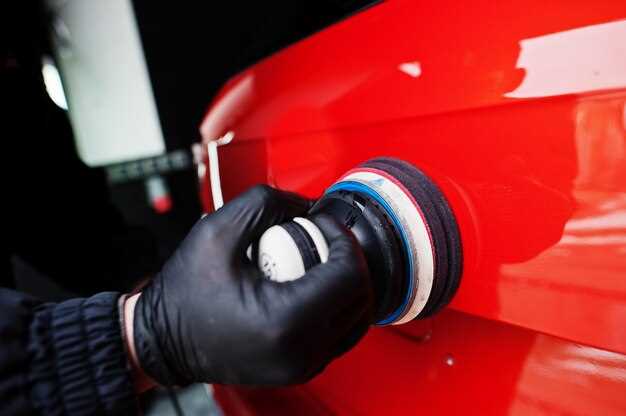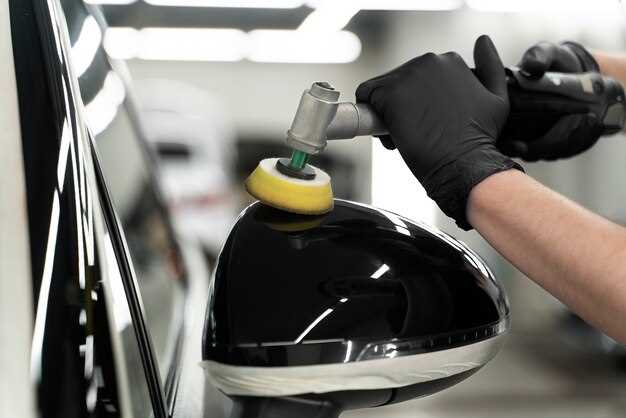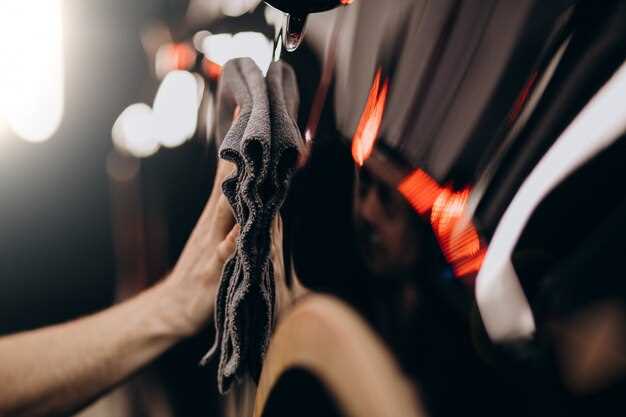How to Buff and Polish Your Car Like a Pro

Buffing and polishing your car is an essential aspect of vehicle maintenance that goes beyond mere aesthetics. It enhances the car’s appearance, protects the paint surface, and increases its resale value. When executed correctly, these processes can eliminate imperfections, such as swirl marks, scratches, and oxidation, restoring that showroom shine.
The world of buffing involves various techniques and tools that can significantly impact the outcome of your car detailing efforts. Understanding the right methods and products to use for different types of surfaces and finishes will enable you to achieve the best results. Whether you are a novice or have some experience, this guide will equip you with the knowledge necessary to elevate your car care routine.
In this guide, we’ll cover essential tips and tricks for effectively buffing and polishing your vehicle, including selecting the appropriate tools, understanding different compound types, and mastering the application techniques. With the right approach, you can turn your car’s oxidation and wear into a gleaming exterior that stands out on the road.
Choosing the Right Tools and Products for Buffing

When it comes to buffing your car, selecting the appropriate tools and products is essential for achieving a high-quality finish. Start with a buffering machine, which can significantly reduce the time and effort required compared to manual buffing. Choose between a dual-action polisher or a rotary polisher based on your skill level; dual-action polishers are generally more user-friendly and safe for beginners, while rotary polishers offer more power for experienced users.
Next, consider the buffing pads. Different pads serve various purposes; foam pads are ideal for applying polish and wax, wool pads can remove severe imperfections, and microfiber pads are excellent for finishing touches. Each pad has its own level of abrasiveness, so select one that suits the condition of your vehicle’s paint.
In terms of products, buffing compounds vary in grit and formulation. Use a coarse compound for heavy scratches and oxidation, followed by a medium compound for polishing, and finish with a fine polish for a glossy look. Ensure that all products are compatible with each other and with your vehicle’s paint type to prevent damage.
Finally, don’t overlook essential accessories like microfiber towels for wiping off residue and masking tape to protect trim and edges. Investing in high-quality tools and products will not only enhance the appearance of your car but also make the buffing process more efficient and enjoyable.
Step-by-Step Process for Achieving a Flawless Finish
Achieving a flawless finish on your car requires a systematic approach to buffing and polishing. Follow these detailed steps to ensure the best results.
Begin by thoroughly washing your vehicle. Remove any dirt, grime, and contaminants using a pH-balanced car wash soap. Rinse completely and dry the surface with a microfiber towel to prevent scratches.
Next, inspect the paint for imperfections such as scratches, swirls, and oxidation. Use a paint correction light to highlight these flaws. This step is crucial as it determines the necessary depth of buffing needed for a perfect finish.
Once you’ve identified the imperfections, choose the appropriate buffing compound. Select a lighter compound for minor imperfections and a more aggressive one for deeper scratches and oxidation. Apply a small amount to your buffing pad and spread it evenly without turning on the buffer to avoid splatter.
Attach the buffing pad to your dual-action or rotary buffer. Start buffing in small sections, usually around two feet by two feet. Keep the buffer moving at a steady pace to avoid overheating the paint. Apply light pressure and let the buffer do the work to achieve an even surface.
After buffing, wipe down the section with a clean microfiber towel to remove any residue from the compound. Inspect the area to determine if additional buffing is required for optimal clarity.
Continue this process around the vehicle, focusing on one panel at a time. For areas with heavy damage, you may need to repeat buffing with progressively finer compounds to refine the finish.
Once the entire car has been buffed, follow up with a polishing step using a finer polish. This step enhances the gloss and clarity of the paint. Apply the polish in the same manner as the buffing compound, ensuring to work in small sections.
Finally, seal and protect the finish by applying a high-quality wax or sealant. This will create a protective layer, enhance shine, and prolong the freshly buffed look. Choose a product that suits your paint type and apply it according to manufacturer instructions.
After completing these steps, your car should boast a flawless finish that not only looks stunning but is also well-protected. Regular maintenance and care will keep your vehicle looking showroom-ready for longer.
Common Mistakes to Avoid During Buffing and Polishing

Buffing and polishing your car can significantly enhance its appearance, but there are several common mistakes that can lead to unsatisfactory results or even damage. Avoiding these pitfalls will ensure a better finish and protect your investment.
1. Skipping Surface Preparation
One of the biggest errors is failing to thoroughly wash and dry the vehicle before starting the polishing process. Dirt, grime, and contaminants can scratch the surface when buffing, leading to a dull finish. Always start with a clean surface.
2. Using the Wrong Products
Choosing inappropriate polishing compounds or tools can result in poor outcomes. It’s essential to select products that match your car’s paint type and condition. Using aggressive compounds on soft paint can cause excessive wear and damage.
3. Incorrect Technique
Applying too much pressure while buffing can cause uneven results and potential damage to the paint. Instead, use a light touch and let the tool do the work. Also, avoid staying in one spot for too long, as this can lead to overheating and paint burn-through.
4. Neglecting to Test a Small Area
Before applying any product to the entire vehicle, it’s wise to test it on a small, inconspicuous area. This practice helps ensure compatibility and allows you to gauge the results before committing to the entire surface.
5. Ignoring Time Between Applications
Many people underestimate the importance of allowing adequate time for the polish to cure or bond to the surface. Rushing through the process can lead to subpar results. Always read the product instructions carefully for recommended application and curing times.
6. Inconsistent Buffing Patterns
Using a haphazard approach while buffing can leave streaks or uneven patches. It’s crucial to work in consistent, overlapping passes, ensuring thorough coverage and uniformity in the final finish.
7. Skipping Final Inspection
After polishing, failing to inspect the work can mean missing flaws that may need correcting. Always take the time to review the entire surface for missed spots, streaks, or potential damage that should be addressed before considering the job complete.
By avoiding these common mistakes during the buffing and polishing process, you can achieve a brilliant shine while maintaining the integrity of your vehicle’s paint. Careful preparation and technique will yield professional-level results every time.

